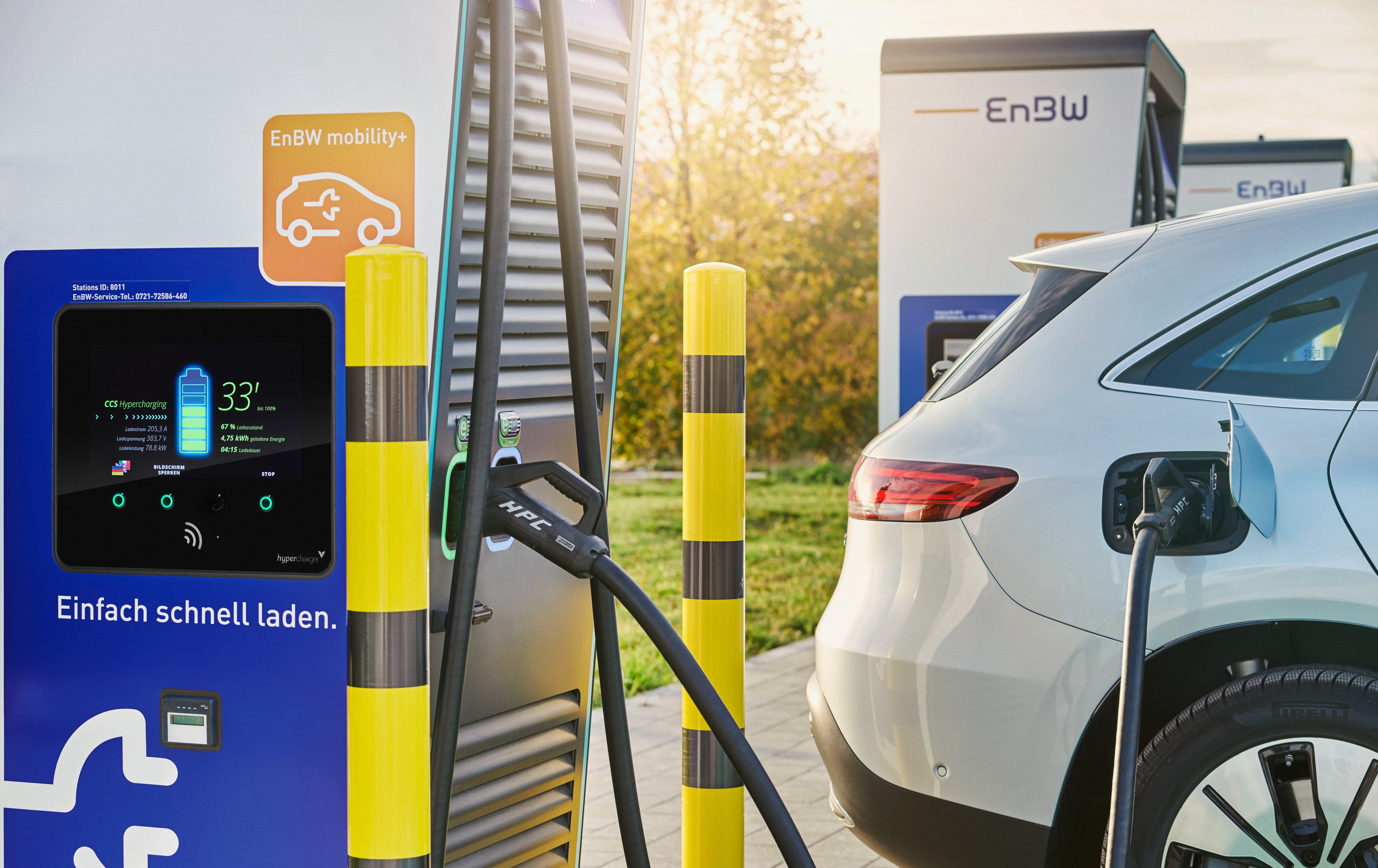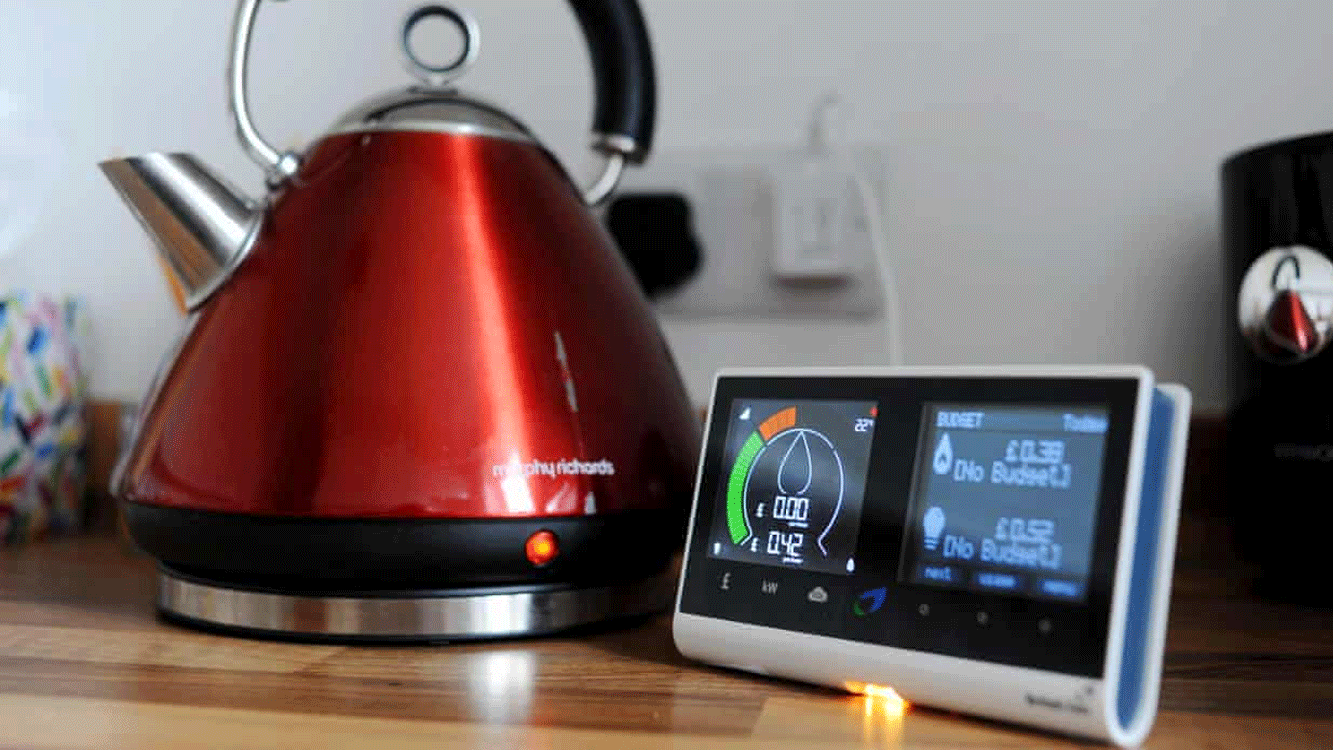The transition to net zero isn't just about getting renewables sources online, corporate-backed startups are emerging to help restructure how we get and use that energy.

Discussions about the energy transition tend to focus on the search for cleaner, renewable energy sources. The less glamorous but equally crucial work, however, involves transforming the power grid to be able to work with those new sources. Clean energy can be an awkward fit with our current electricity networks.
Nuclear reactors take a long time to heat or cool down, meaning they aren’t a flexible energy source that can dial up or down to meet demand. While hydro power can be predictable, solar and wind energy are more dependent on the weather. In practice, the more renewables you have, the more complicated it gets to make sure you always have the right amount of energy to meet customers’ needs, and you need to start looking at how the grid works.
“What is the grid of the future going to look like?” asks Daniel White, director of business development for electricity supplier National Grid. “Probably a mixture of dispatchable emission-free resources, storage, renewables including hydro, and nuclear is probably still around. But while it’s good for baseload, nuclear can be inflexible and modulating it with wind and solar is hard.
“If you get into a world where the vast majority of what’s available for grid system operators to power the grid is inflexible wind and solar power, how do they keep the grid in spec? Demand response, scaled up, is one way to do that and will probably be a critical part of balancing load in the future.”
How demand response can fill in the gaps
Demand response involves customers helping to regulate the balance of energy by reducing their electricity, heating or air conditioner use in peak hours in return for financial incentives. That provides savings for individuals, but when you run a factory that uses large quantities of power, strategically shutting down equipment could result in a much bigger windfall. Commercial building owners, too, can earn money with relatively small energy-saving adjustments.
“People are finding out you can get paid for this,” White says. “It’s not hard to turn your thermostat up a couple of degrees and make a little bit of money without being too uncomfortable. And the time of day matters a lot – you can pre-cool your office building in the morning so it’s a little bit chilly then and a little warm in the afternoon, but people are comfortable on average, and you made some money on the side.”
The approach reduces the strain on electricity grids during times of high energy use and it relies on data technology on both sides: sensors that help customers track energy use and software that can predict times of peak usage so utilities can plan ahead accordingly.
Energy companies are funding startups building that technology. German utility EnBW, for example, has invested in Enspired, the creator of a system that uses artificial intelligence to predict energy flows and optimise it in real time, allowing localised batteries to feed renewable energy into a larger system at peak times to help balance the grid.
“Enspired has fancy algorithms factoring in all the data that can predict and maximise trading profit in everyday markets for batteries,” says Marc Umber, head of corporate venture unit EnBW New Ventures’ investment team. “You want to consume energy when the prices are very low and provide energy when the prices are very high.”

Why decentralising the grid will play a key role
An electricity grid represents a vast and extensive piece of infrastructure that requires considerable investment to modernise. Local differences in regulation and demographics also mean different solutions are needed in different places, so changes are more likely to be made on a local level where energy flow can be managed more easily, even if the economics are based on wholesale energy costs.
“Let’s say the prices come from the wholesale market,” Umber says. “Any energy flow will still be easier if you can manage the grid in regions or keep the energy very local and not provide energy over long distances. But for that, the grid has to be very different from how it is set up now, and I think grid operators have to invest lots of money to renew the infrastructure that’s currently there.”
The end result will likely be a more decentralised grid structure, where distributed energy resources like smaller-scale solar and wind energy systems generate energy, use batteries to store it and potentially feed it back into the grid when demand is at its highest. Put a lot of those together and you have a virtual power plant (VPP) that supports existing energy resources at a local level.
“Energy consumption and production is a very local field,” adds Umber. “So, there are a lot of VPPs growing, a lot of commercial and industrial clients producing their own power and providing it to the grid.
“We see load management more in these very segmented local markets, where we have a lot of municipalities, commercial, industrial companies and even ‘pro-sumers’ that produce their own power and operate their own battery energy storage system, and that will offload the grid. Anything that can be kept local is good from a grid operator’s perspective.”
GridX is one of the companies planning for this more decentralised future of energy. It has built a system that connects decentralised energy resources like batteries and inverters with localised devices such as solar energy systems or wallbox electric vehicle chargers so they can be managed and optimised together.
The company was fully acquired by energy utility and existing investor Eon late last year. Its technology can work with a range of energy sources and has been piloted by energy distributor Westnetz as a way of accessing flexible energy loads in times of grid congestion, preventing the grid from being overloaded.
“All future energy systems will have a significant share of decentralised energy resources, and that means new challenges in planning and managing the electric grids for different countries,” says GridX managing director Tobias Mitter.
“As energy flows become more complex because people have more energy resources – solar PV or wallboxes for example – GridX will support this at multiple levels starting with local optimisation, where a home or commercial building owner will need a system that can manage decentralised energy resources from different vendors. Some vendors are moving into energy management today but the reality we see in the field is that different resources are usually combined, and they need to be effectively controlled.”
There are other corporate-backed startups working towards this future. Piclo runs a marketplace for flexible energy services and counts Toshiba and Mott MacDonald as investors. Indra recently closed a Gulf Oil-backed round as it prepares to launch an EV charger that will also function as a battery, storing energy from home renewables systems and selling it to the grid.
How does this work in practice for a corporate VC?
An example of how an energy utility might invest in this technology can be found in EDP and its corporate VC arm, EDP Ventures. The company operates in 29 countries and is targeting 100% renewable energy generation by 2030.
EDP Ventures backed Net2grid, a developer of data software that helps consumers effectively use smart meter data, in 2019. Last month, it invested in Mixergy, which has created smart hot water storage tanks that work as batteries and add flexibility to the grid. Together, they reflect different elements of this new, decentralised grid structure.

EDP has already moved into solar installation and EV charging, and it has said it sees forming local ‘energy communities’ as a key part of decarbonising the economy. Advances in artificial intelligence will also play a part, enabling higher quantities of energy to be optimised automatically.
“When we think about distributed energy resources, you’re adding more intermittency into the grid, and you need the grid to be as flexible as possible,” says Mariana Costa, principal at EDP Ventures.
“There is not a unique approach to solving this, rather it’s a combination of different approaches and different types of solutions: hardware and software, electricity system operators and retailers. It will be a balance of all these approaches that will [get us] to net zero.”
Lead photo courtesy of American Public Power Association via Unsplash










